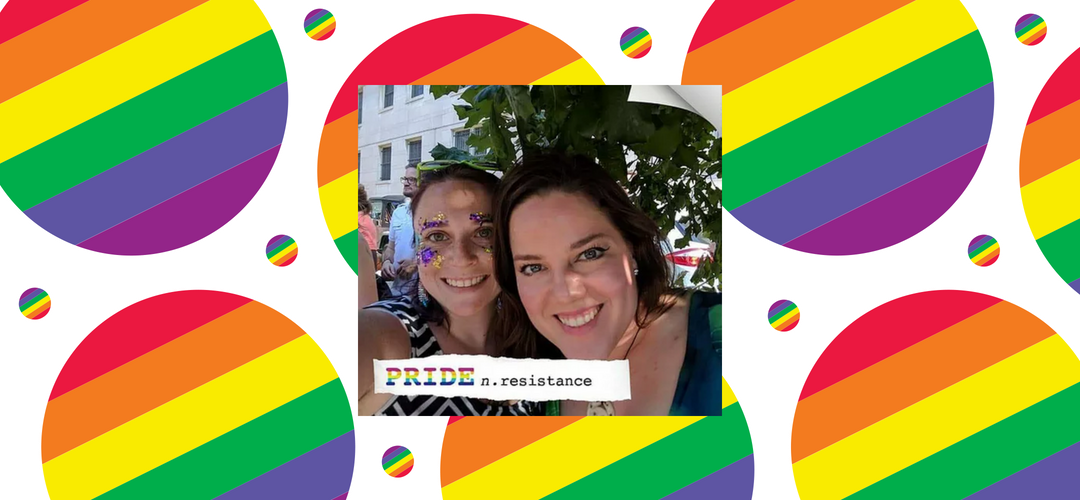June is International Pride Month. All across the globe, lesbian, gay, bisexual, transgender and queer/questioning (LGBTQIA+) individuals gather with their allies and community to celebrate their identities while also recognizing and bringing awareness to the struggles they still face.
How does mental health impact the LGBTQIA+ Community?
We cannot support mental health wellness without recognizing that certain populations face more negative mental health outcomes due to prejudices and other biases that they may experience from their families, workplaces, schools, or other community members. As mental health providers, it is our responsibility to bring awareness to the mental health conditions that impact the LGBTQIA+ community and the stigma that often prevents them from seeking treatment and support they need to get better.
LGBTQIA+ individuals are almost 3 times more likely than others to experience a mental health condition such as major depression or generalized anxiety disorder. The fear of coming out and/or being discriminated against due to their sexual orientation or gender identity can lead to depression, post-traumatic stress disorder, thoughts of suicide and substance use/misuse. Rates of mental health conditions are particularly high in bisexual and questioning individuals and those who fear or choose not to reveal their sexual orientation or gender identity.
Suicide
The LGBTQIA+ community is also at a much higher risk for suicide due to the lack of support they encounter as well as harassment and co-occurring mental health and substance use disorders.
For LGBTQ people aged 10–24, suicide is one of the leading causes of death.
LGBTQ youth are 4 times more likely and questioning youth are 3 times more likely to attempt suicide, experience suicidal thoughts or engage in self-harm than straight people.
Between 38-65% of transgender individuals experience suicidal ideation (www.NAMI.org).
Family support can play a very important role in impacting the likelihood of suicide. Individuals who faced rejection by their family after coming out to their family were eight times more likely to have attempted suicide than someone who was accepted by their family.
LGBTQIA+ Youth
LGBTQIA+ teens are six times more likely than their peers to experience symptoms of depression. This may be due to young people facing higher levels of fear and prejudice in school, with friends, in their communities and at home.
According to the Gay, Lesbian and Straight Education Network’s (GLSEN) National School Climate Survey, 63% of LGBTQIA+ middle and high school students in Virginia experienced at least one form of discrimination at school during the past year.
Finding a Provider
For anyone seeking help with a mental health concern, it is important to seek help and find a provider that takes into account your own personal experiences and how they affect your mental health. It is important to find a mental health provider you can trust so you can be open and safe. Come with questions you want to ask so that you can be better prepared to share your concerns.
After your initial visit, think about the experience. Did the provider seem at ease with you? Did you feel at ease with them? Did they talk to you openly about your sexuality or gender identity? Did you feel comfortable speaking with them about your sexuality or gender identity? It is ok to meet with multiple providers before choosing one that you feel comfortable with!
Tips for talking to your provider
- If you feel comfortable, come out when you meet with your provider.
- Ask questions about the provider’s experience working with LGBTQIA+ people
- Be confident about disclosing relevant information about your sexual orientation and/or gender identity
- Be open about your thoughts and feelings of depression, suicide, anxiety, fear and self-harm


